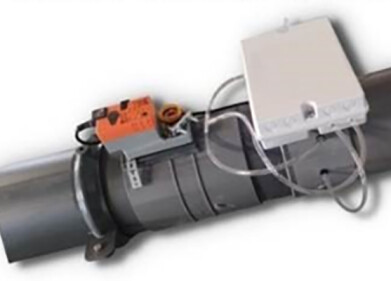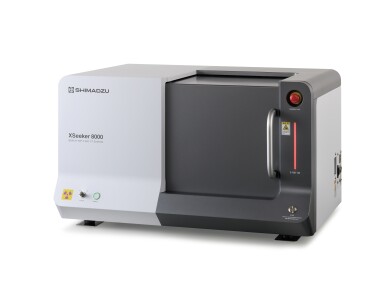Laboratory Products
New ?hands-free? Approach to Managing, Observing and Recording Cells in Culture
Oct 30 2007
The ability to avoid fluctuations in temperature, humidity and gas concentration associated with the movement of cell cultures from an incubator to a microscope will make the BioStation CT of great interest to everyone working in: regenerative medicine; toxicology; drug discovery; and biologically-based drug production.
Constantly maintaining an optimum environment should improve the consistency of cell growth and reduce the variability of experimental data. Research indicates that even subtle variations can induce epigenetic changes in the karotype, which could be a problem in stem cell research. Furthermore, the hands-off approach exemplified by the BioStation reduces the scope for contamination.
This new hands-off concept also extends to the BioStation IM, a bench-top version of the BioStation CT, designed specifically for single-user, single experiment, time-lapse recording of cells in culture. As in its multi-user, multi-experiment stable mate, the optical system of the BioStation IM has a special anti-drift design that ensures images are always kept in sharp focus.
With both systems, cultures can be imaged at both the macro and the micro level, from 2x to 40x magnification (CT) or 10x to 80 (IM) under phase contrast, using special lenses that provide the highest possible contrast with the least amount of ?halo' for clear viewing of cellular organelles. It is also possible to observe the cells under epi-fluorescence illumination on both models. BioStation IM comes in two versions, one with a long working distance lens to work with plastic petri dishes and another with a high numerical aperture lens to get the best results with thin bottom glass petri dishes.
The macro ?bird's-eye' view function on the BioStation CT allows users to see the entire vessel and detect pH-dependent colour changes and signs of contamination. Viewing is via an integrated, digital camera, with images being made available via an internal server within the CT or an external computer linked to the IM.
Digital Edition
ILM 49.5 July
July 2024
Chromatography Articles - Understanding PFAS: Analysis and Implications Mass Spectrometry & Spectroscopy Articles - MS detection of Alzheimer’s blood-based biomarkers LIMS - Essent...
View all digital editions
Events
Jul 28 2024 San Diego, CA USA
Jul 30 2024 Jakarta, Indonesia
Jul 31 2024 Chengdu, China
ACS National Meeting - Fall 2024
Aug 18 2024 Denver, CO, USA
Aug 25 2024 Copenhagen, Denmark

-(1)-(1).jpg)


24_06.jpg)













